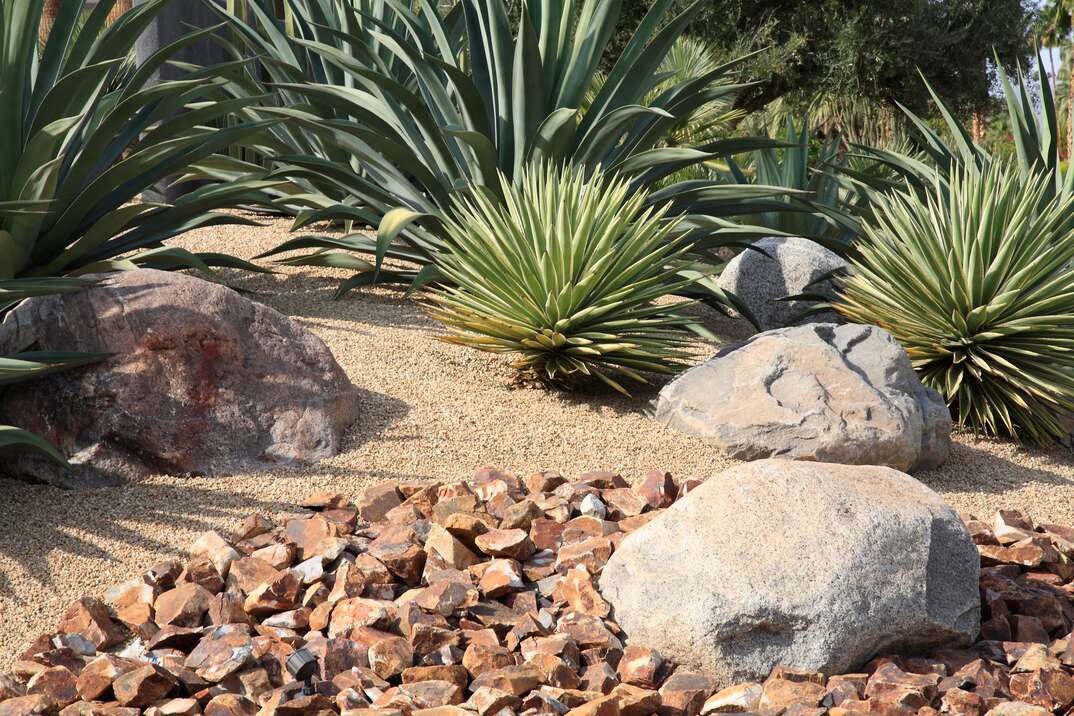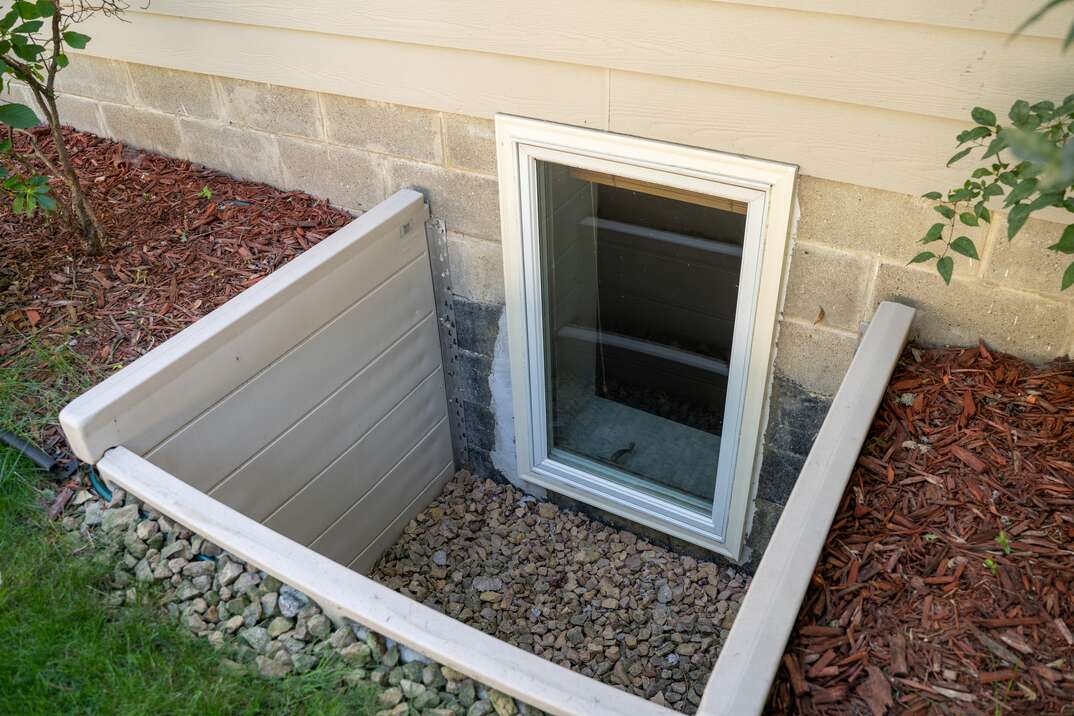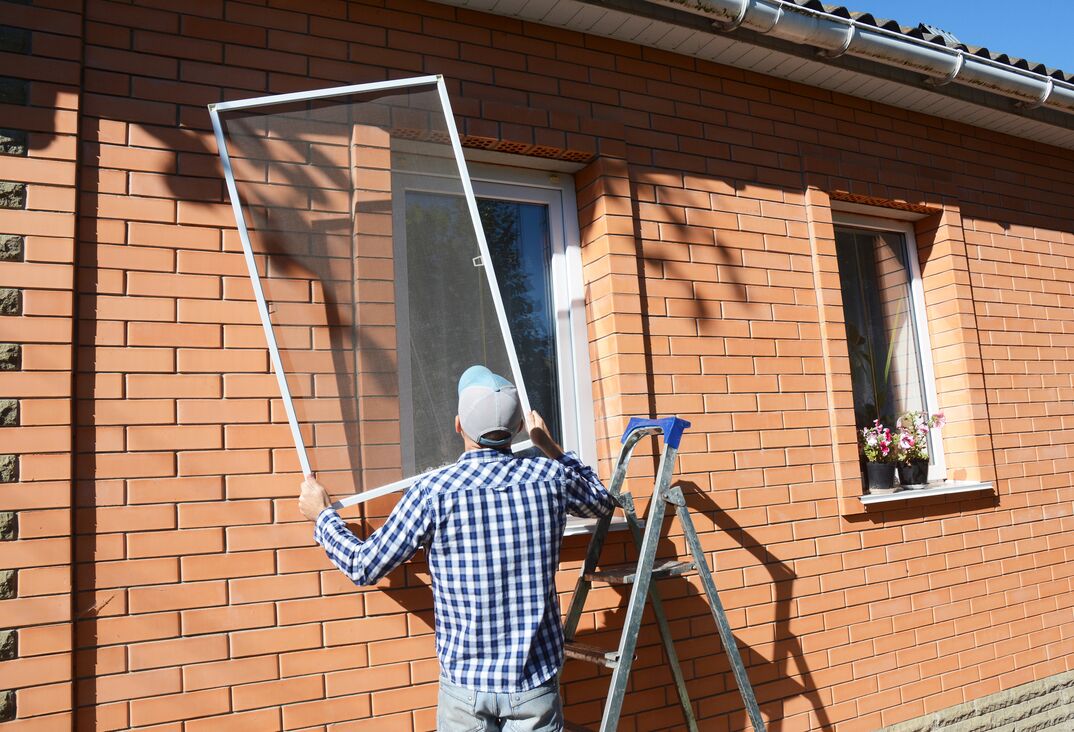What Does It Mean to Aerate Your Lawn and Should You Do It?
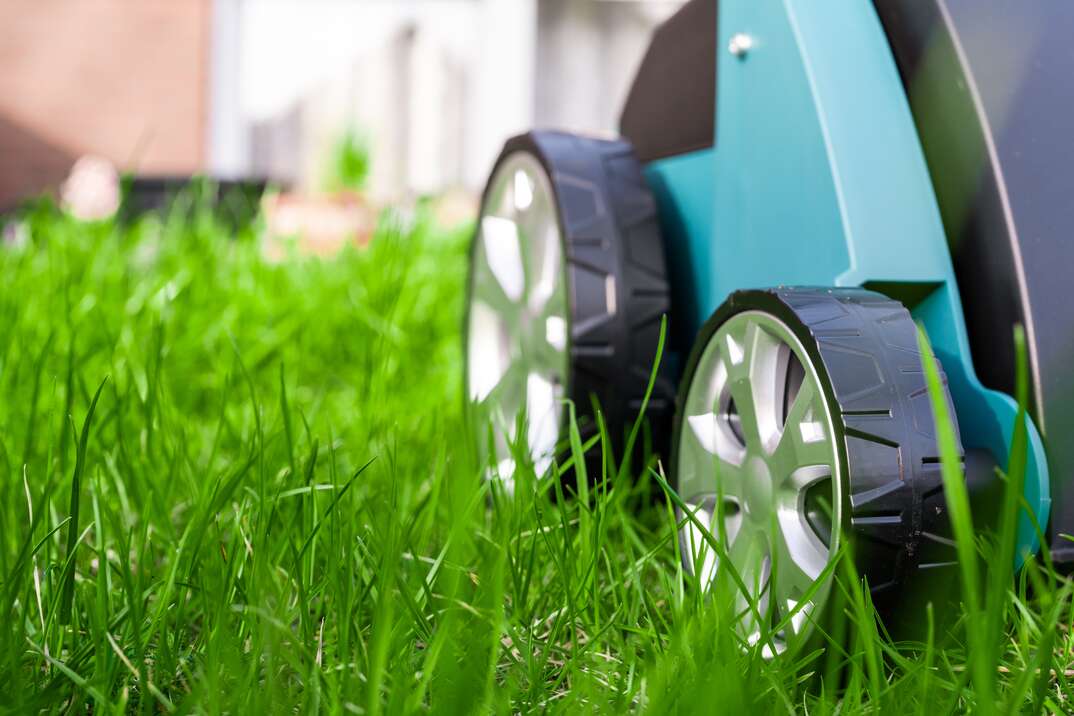
Your lawn can be a major contributor to your home's curb appeal and value. A well-kept lawn will boost the look of your property and show off your green thumb, while a dilapidated one will stand out like the proverbial sore thumb and detract from any other garden initiatives you've accomplished. Maintaining a lush green lawn is not back-breaking work, especially when you carry out one of the best lawn-care practices there is: aeration.
This May Also Interest You: How to Mulch Your Yard
Just as your body needs oxygen, your lawn also needs fresh air for its health. Aerating involves making small holes in your lawn with a tool so oxygen can penetrate and flow freely through the soil. This also gives the roots of your grass better access to water and nutrients by removing excessive organic debris growing between the grass and the soil. This is known as thatch, and it can be unhealthy to lawns and serve as a home to harmful organisms.
Another good thing about aerating is that it helps break up solid soil particles. It’s important to loosen up heavily used lawns or those composed primarily of clay soils. In addition, aeration promotes drainage, so you can say goodbye to puddles and floods on your grass.
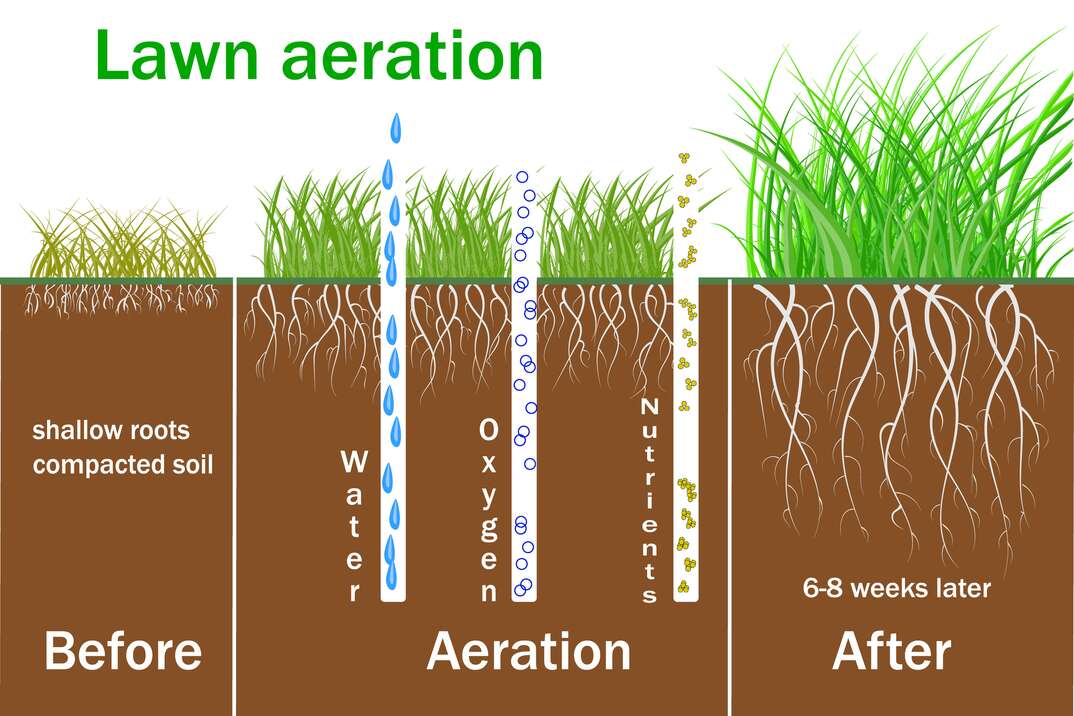 ----------------------------------------
----------------------------------------
Ready? Let's Prepare the Lawn
First, mow the yard, rake off the grass clippings and water the lawn. Make sure to not get it too wet; you want just enough to keep the lawn moist to make it easy for the aerator to pull out the soil cores. Remember to mark fixture lines and other hidden objects to prevent damaging them. If you don't know where they are located, call your city or 811 to find out about having your utility lines marked.
What’s the Best Way to Aerate Your Lawn?
A core aerator, which pulls soil cores from your lawn, is the most effective tool for aerating your lawn. Aerators with spikes that only put holes into your lawn can push the soil down and further compact your lawn. It's much better to use a core aerator that removes soil plugs.
While you can buy a manual core aerator relatively inexpensively, you may want to rent a mechanical core aerator instead, as the equipment is quite heavy and bulky. This way, you'll also be able to take advantage of the latest and best model. Be sure to ask the rental company if delivery and pick-up are provided.
Aerate in an organized way, just like you mow the lawn. Leave the cores on the lawn to decompose and return the nutrients to the soil. However, if the cores do not decompose in two to four weeks, break them down manually with a sturdy rake to avoid creating bumps in your lawn.
Also, although not strictly necessary, it's a good idea to plant additional grass seed after aeration to keep your lawn strong, healthy and weed-free. This process is known as overseeding.
What’s This About ‘Overseeding?’
Gardening experts recommend overseeding directly after aerating because the weeds have been mostly removed and the soil is in top condition for grass seedlings to grow. Overseeding is simply sowing new grass seeds over your current lawn so you keep a vigorous green carpet. If your lawn is looking thin and worn-out with bald patches, you can revitalize it with aerating and overseeding — which is less work than reseeding when you start fresh by removing the old grass and plant a new lawn.
When to Overseed
If you live in the Northern U.S., the best time to overseed is in the fall, as cool-season grass thrives best in cold weather, and there will be enough time for the young grass to grow healthy and strong before winter sets in. If you live in the South, the best time is late spring, which is the peak growing time for warm-season grass.
Choosing Grass Seed
Select grass seed similar to the grass type that already exists in your lawn but look for new, improved varieties that are better resistant to drought, insects and disease. Use a seed spreader to evenly distribute grass seed over your lawn and check the instructions on your seed bag for the correct quantity of seed you need to apply.
More Related Articles:
- How to Mulch Your Yard
- Mow Money: Here’s How Much Lawn Care Services Cost
- How Much Does a Sprinkler System Cost?
- A Grassroots Effort: How to Lay Sod in 4 Steps
- How Much Does Sod Cost to Install?
When Should I Aerate?
The best time to aerate is when your grass is growing at its peak, so that it quickly recovers from any damage caused by the aeration process. If you are planting cool-season grass, such as fescue, bluegrass or rye, the ideal time to undertake the project is in the fall, between August and October. You can then add late-season fertilizer that will stimulate strong roots in spring.
For warm-season grass, such as Bermuda, Buffalo, Zoysia or St. Augustine, it is best to aerate in late spring or early summer, between April and June. Do not aerate when the grass is still dormant. Wait until it starts actively growing and turns green. Otherwise, weeds could overtake the grass. Fair weather conditions — not too hot, dry, cold or wet — also help develop more robust roots for a healthy lawn.
How Often to Aerate
For a typical lawn, aeration and overseeding once a year is sufficient. But if your lawn is heavily used by children and animals, or if your yard contains a high degree of clay soil, twice-per-year aeration is recommended: once in spring and once in fall.
Now, Water and Maintain
After aerating and overseeding, apply some starter fertilizer. Limit traffic over the lawn and keep the soil moist by watering two to five times daily until the new grass is over an inch tall. Then you can cut back to the normal watering routine. Delay mowing for up to two months to allow the new grass to get established.
Start aerating and overseeding your lawn this season, and you'll enjoy a thick and lush yard that will make your neighbors green with envy!
